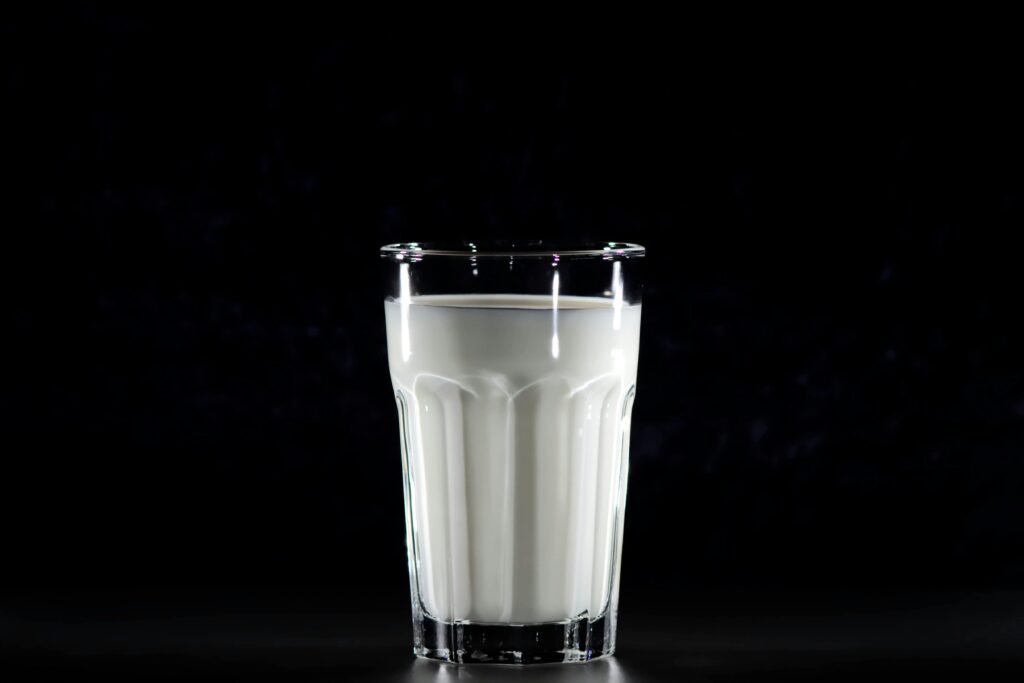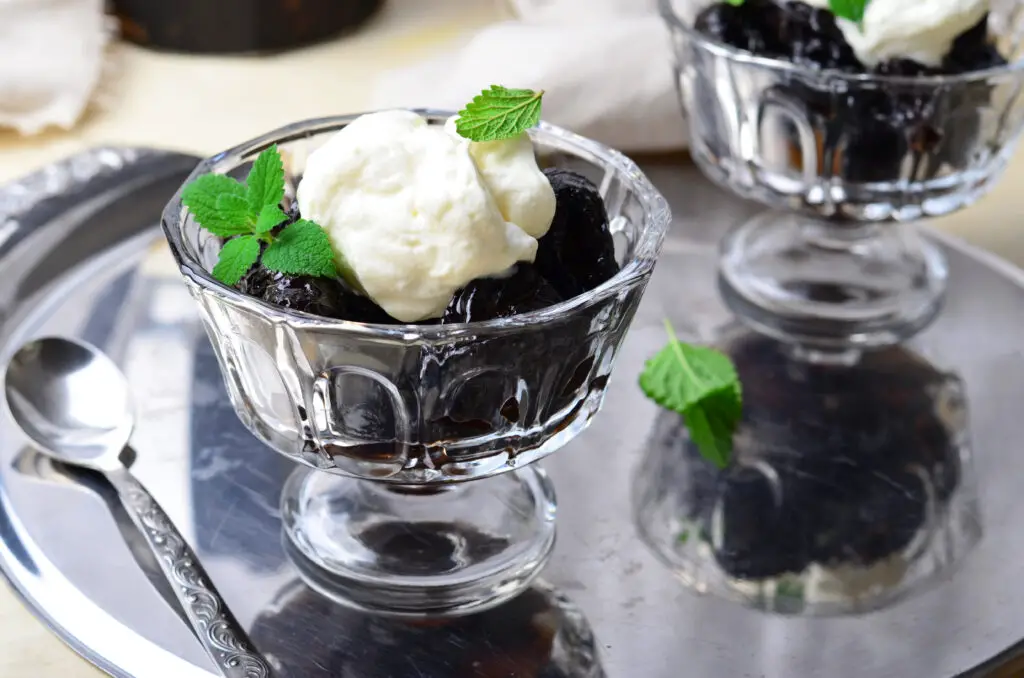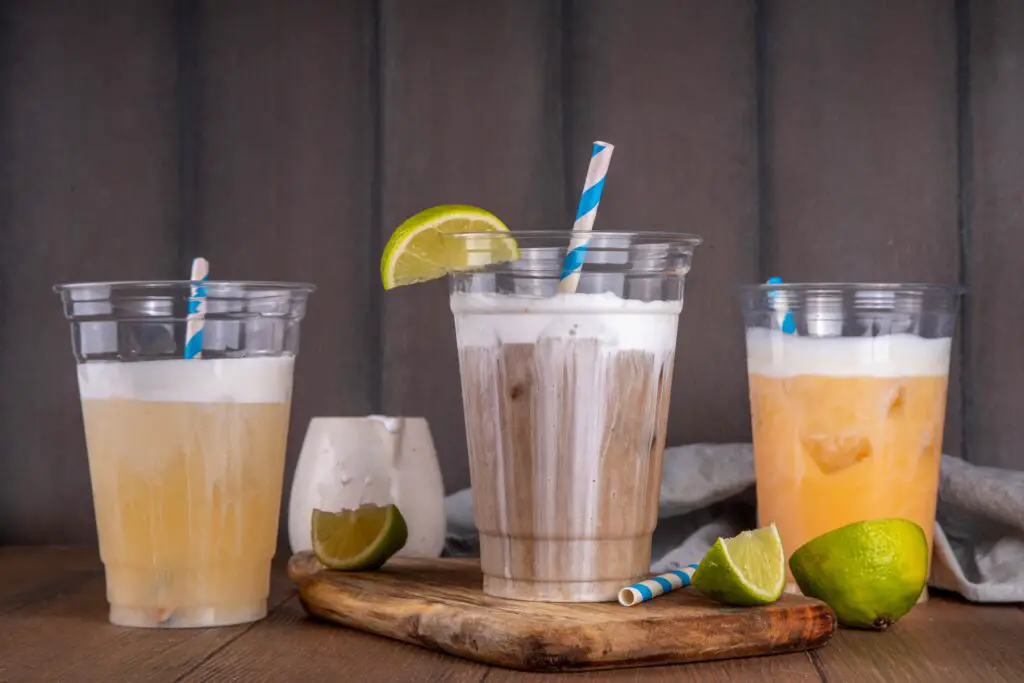1. Beef Juice

Back in the early 1900s, beef juice was considered a miracle tonic. Doctors prescribed it to treat everything from anemia to exhaustion, believing the concentrated meat essence would boost vitality and restore health. It wasn’t exactly tasty, but people took it like medicine, sometimes even sipping it straight. The most famous version came in small bottles and looked like a mix between soup and syrup says Reddit.
It eventually lost favor as better nutrition science came along, but some wellness circles have started circling back to the idea of nose-to-tail nutrition. With the current popularity of bone broth and organ meats, it wouldn’t be shocking to see beef juice resurface in fancy packaging with words like “superfood” on the label. Whether it’ll be any easier to stomach remains to be seen.
2. Vinegar Tonics

Way before apple cider vinegar took over health aisles, vinegar tonics were all the rage in the 1800s. People believed that drinking vinegar would purify the blood, improve digestion, and even help with weight loss. Some versions were sweetened with honey or flavored with herbs, but most were still pretty hard to get down. It wasn’t uncommon to see “vinegar elixirs” sold in apothecaries right next to other cure-alls shares EatingWell.
Now that gut health is front and center again, vinegar tonics are making a quiet comeback. Modern versions are popping up with kombucha-style branding, promising everything from energy boosts to skin benefits. It’s still sour, but apparently, that’s the point adds a Cultivated Living.
3. Raw Milk

Raw milk used to be a staple before pasteurization became the norm. Some health enthusiasts in the early 20th century swore by its rich nutrients and claimed it helped everything from bone health to allergies. Of course, it also came with risks, including dangerous bacteria that could make people sick. But that didn’t stop fans from touting it as the “purest” form of dairy shares Wikipedia.
These days, raw milk is having a niche revival among natural food lovers who think pasteurization strips away beneficial enzymes. It’s banned or heavily regulated in many places, but that’s only added to its underground appeal. Whether it becomes mainstream again is unclear, but the curiosity is definitely there.
4. Fletcherizing

In the early 1900s, a man named Horace Fletcher became famous for his chewing method—literally. He believed that chewing each bite of food at least 32 times would unlock its full nutritional power and improve digestion. This method, dubbed “Fletcherizing,” became a health craze among the elite. Even John D. Rockefeller reportedly gave it a try.
The practice faded over time, but the mindfulness movement has brought a version of it back under the name “conscious eating.” Chewing more slowly and savoring each bite is once again being recommended by nutritionists and wellness influencers alike. Who knew an old-timey food fad could blend so well with today’s self-care trends?
5. Cigarette Diets

It sounds absurd today, but in the 1920s and ’30s, cigarette companies actually marketed smoking as a way to suppress appetite. Brands like Lucky Strike ran ads suggesting that lighting up could help people stay slim. Some women even used cigarettes as a stand-in for dessert, buying into the idea that puffing was preferable to snacking. It was part diet trend, part advertising stunt.
While smoking is clearly off the table, the underlying idea—using something non-food to curb cravings—has never really gone away. Now it shows up in the form of appetite-suppressing gum, herbal teas, and even wearable devices. Let’s just hope the replacements are a little less harmful than tobacco.
6. Gelatin Everything

In the mid-20th century, gelatin-based foods were seen as not just trendy, but healthy. Aspic, molded salads, and even meat-filled Jell-O dishes were hailed as great sources of protein and easy digestion. People genuinely thought a wobbly, cold ham loaf in lime gelatin was good for you. It was served at dinner parties and even prescribed to recovering patients.
Though it fell out of fashion (thankfully), gelatin is now sneaking back in through more appealing forms like collagen supplements and bone broth gummies. Health fans love its benefits for skin, joints, and gut health. We may not return to shrimp suspended in lemon gelatin, but don’t count gelatin out entirely.
7. Prune Whip

Once upon a time, prune whip was a beloved digestive aid disguised as dessert. Made by whipping cooked prunes with egg whites or cream, it was touted as both tasty and beneficial for regularity. It gained popularity in the ’30s and ’40s as a way to deal with constipation naturally. Even kids were encouraged to eat it without knowing it was more medicine than treat.
Today, prunes are making a small comeback in the wellness world thanks to their fiber content and antioxidant benefits. Prune whip might just be the next retro dish to get a modern update, especially if influencers rebrand it with a sleek name and pretty presentation.
8. Liver Tablets

In the fitness and bodybuilding scene of the 1960s and ’70s, liver tablets were a hot supplement. Packed with iron, B vitamins, and protein, they were marketed as a natural way to build muscle and boost energy. Bodybuilders would pop them like candy, believing they offered superhuman strength. Some people even claimed they helped with endurance and recovery.
Although they lost popularity over time, the interest in organ meats is coming back with the rise of ancestral diets. Companies now sell freeze-dried liver in capsules, powders, and even bars. They’re essentially the same thing with fancier branding and fewer questionable claims.
9. Milk and Soda

Believe it or not, milk and soda was once a health trend. In the 1950s, some believed mixing cola with milk created a fizzy, calcium-rich drink that was both tasty and nutritious. It was sometimes served as a breakfast beverage or an afternoon pick-me-up. It even made its way into some diners under names like “Brown Cow” or “Pep Milk.”
While it disappeared for decades, the idea randomly resurfaced on TikTok, sparking a new wave of curiosity. People are still divided on whether it’s disgusting or surprisingly good. It might not make its way into the official health world again, but stranger things have happened.
10. Grapefruit Diet

This old-school weight loss plan promised quick results by eating grapefruit before every meal. It took off in the 1930s and saw several revivals through the decades, especially during the diet-crazed ’70s and ’80s. The idea was that grapefruit somehow “burned fat,” though science never backed that claim. Still, many people swore by it for shedding pounds fast.
Now, with the return of interest in vintage diets and simple routines, some are revisiting the grapefruit trick. It’s got antioxidants, vitamin C, and a low-calorie profile, which makes it appealing again. Just maybe skip the extreme versions that involve steak at every meal.
11. Sarsaparilla Tonic

Before it became a soda flavor, sarsaparilla was sold as a health tonic. It was made from the root of a tropical vine and believed to purify the blood, treat skin conditions, and act as a general wellness booster. People drank it like modern kombucha, convinced it kept them young and clean from the inside out. Some even thought it worked as a cure for syphilis and other infections.
Although the wild claims have faded, natural root-based drinks are gaining steam again. Sarsaparilla still has a foothold in herbalist communities and could easily ride the wave of nostalgia and wellness marketing. If kombucha and burdock tea made it, why not this old classic?
12. Clay Eating

Yes, people used to eat clay, and some still do. Called “geophagy,” the practice was sometimes recommended by alternative health practitioners in the early 1900s to cleanse the body of toxins. Certain types of clay, like bentonite, were believed to bind to harmful substances in the gut and flush them out. It was more common in rural areas and among natural healers than in the mainstream.
Today, clay-based detox products are making a low-key return in wellness shops and online. Whether in capsules or powdered form, they’re being promoted as natural ways to support digestion and remove heavy metals. It’s definitely not for everyone, but that’s never stopped a health fad before.
